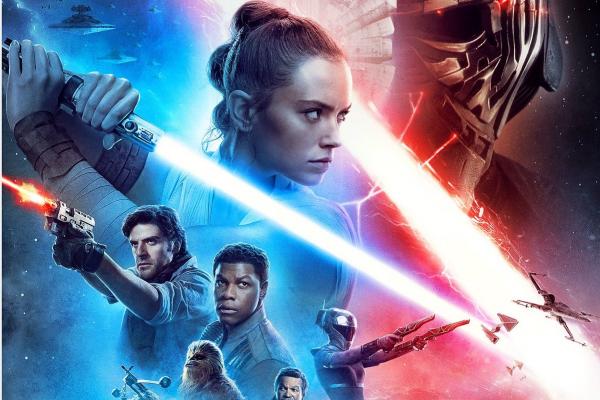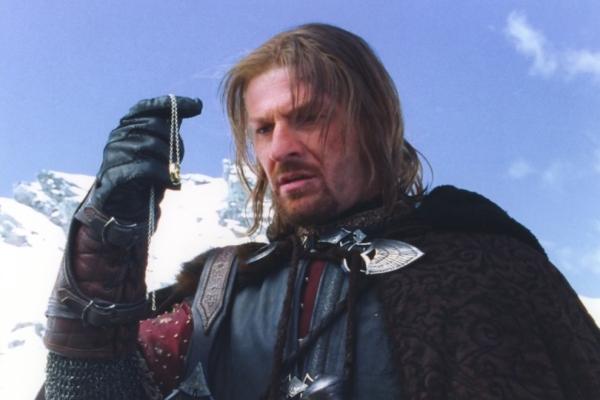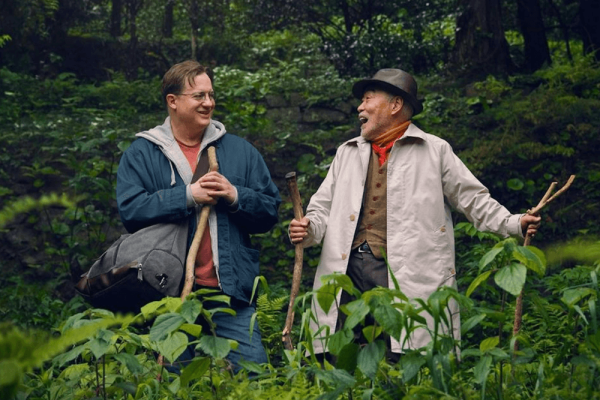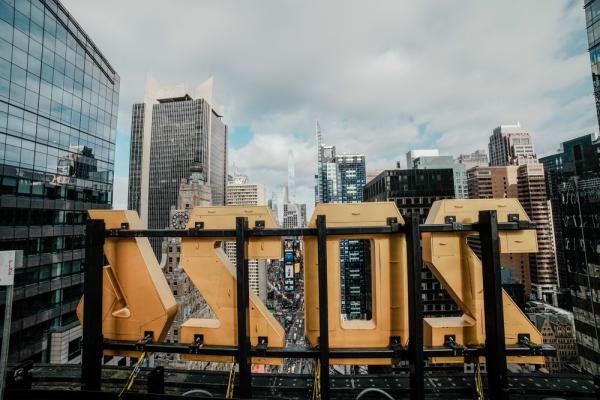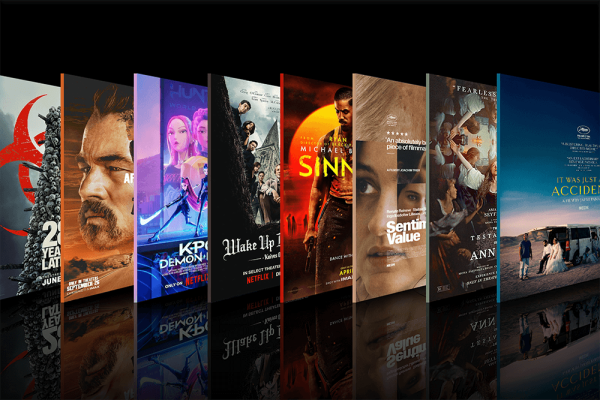Mild spoiler below.
Let’s start with what works.
Over nine films in the Skywalker saga, and a few non-canonical ones, Star Wars has built a world of imagery and character unrivaled in Hollywood blockbuster cinema. Think of the familiar sites: Luke’s home in the desert, the Death Star, Yoda’s forest, Jabba the Hutt’s palace. These films have a sense of place; when we’re watching, we know where we are. The makers of Star Wars have spent over four decades painting pictures of a galaxy, and of characters, that have earned a place in our shared culture. Each film has, in its own way, advanced the use of special effects technology, and there is a fluidity of motion to them that connects them to the very meaning of the word cinema, from the ancient Greek word kinesis meaning movement.
But it’s in the relationships — among the characters, and between the characters and their inner landscapes — where Star Wars captures our hearts. The sibling connection between Luke and Leia, the father-son dynamic between Anakin and Luke, Obi-Wan and then Yoda’s mentoring of Luke, the romance between Han and Leia, are where the epic resonates. The weight of expectations of the current trilogy, and especially The Rise of Skywalker, isn’t just about box office; some of us really do want to see things resolved. We care about these characters and want to see them succeed. It will comfort us, as escapism is supposed to.
Does it? It depends.
The Rise of Skywalker certainly moves the plot forward with gorgeous visual craft under the delighted eye of director J.J. Abrams. A short overview: Rey is looking for a map, and herself; Kylo Ren is trying to figure out if he’s a confused hero or a weak villain; Finn and Poe and Rose are working with Leia to try to stop something bad from happening; there are lightsabers and light-speed jumps, and light hors d’oeuvres will be served in various cantinas. And, surprise: Emperor Palpatine is very grumpy. (How his grumpiness concludes is actually the most interesting part of the movie.)
There are at least four genuinely compelling performances: Daisy Ridley’s Rey gives everything; it’s fun to see Adam Driver’s Kylo Ren/Ben Solo spar with the best actor in the entire saga, in Ian McDiarmid’s deliciously ugly return as Palpatine; and Carrie Fisher’s commitment to Leia’s pathos mingles with the audience’s sadness at her passing to give a little bit of heft to the movie. But with one notable exception, there’s nothing riding on the plot here.
Now that we’ve had effectively three Death Stars/planet-killing machines — and every time you blow one up, the bad guys build another — can anything really matter? Can we even feel the unhealthy catharsis of watching more First Order/Empire hardware explode? Furthermore, when you “kill” two of your most beloved characters only to “resurrect” them a few minutes later, you’re playing games with the audience, and avoiding the possibility of saying something truthful about life in general, and the cost of resistance in particular. No harm would have been done to the Star Wars universe to leave these characters dead — indeed, it would have added gravity to a strangely weightless film.
Where there is some gravity, it is in Rey’s attempt to reconcile light and shadow within, and the realization that Ben is trying to do the same thing from the other direction. This may actually be the most valuable axis in the entire saga — the most useful, I mean, to those of us watching who realize that we’re all invited to the same struggle: Which path will we choose? Listening to the voices of mentors who want the best for us and for the common good — whether in person or a memory — really is a spiritual practice upon which may depend the fuller formation of human character. This apprenticeship to a higher way — call it Jedi, call it consciousness, call it finding an inner ally — leads me to realize after all these years that George Lucas probably knew more about what he was doing than he let on. All of us are called to a hero’s journey; whether that journey ends in tyranny or service will depend on whether we integrate the shadow. Rey and Ben’s dialogues with themselves and each other are, in this light, definitely a cut above what most blockbusters offer by way of personal development pep talks.
Again, it’s in the relationships that Star Wars always had the most potential. In Luke’s putting aside of childish things in favor of service, in Leia’s self-sacrifice for the sake of the many, in Anakin’s repentance, but now most especially, in Rey and Ben’s discovery of how to live with the burden of a toxic past without repeating it, this saga has some force.
Even more heartening, for those of us concerned with how to engage in less war, is that the manner of the Emperor’s demise exemplifies something other than “our team” using greater violence than theirs. Instead, our surrogates form an alliance of two, willing to spend their lives protecting the vulnerable. Let’s just say that their shield reflects quite badly on the Emperor, who turns his rage inward and literally dies by his own hands. Now that’s not exactly restorative justice, but as a confrontation of evil powers with the true damage of their efforts, it’s a lot better than dropping an atomic bomb on a civilian population. And it’s here where the movie is honest that putting your body between despotism and its targets is not without heavy costs. But while Rey and Ben are sacrificing for a better world, their friends above are shooting a lot of people. It takes imagination to figure out a creative solution to the violent imposition of the belief that some lives are worth more than others; it takes a willingness to do more than return an eye for an eye; it takes commitment to long-term thinking about people power and the common good. On one planet The Rise of Skywalker really does want to promote something better than the myth of redemptive violence, but in the sky it’s not so sure.
One of these days we’ll get a blockbuster with the courage to imagine active nonviolent resistance, truthfully, to be even more exciting than blowing stuff up. (Not to mention one in which a racially abused actor won’t be sidelined in the sequel to appease some fans, and one in which the studio will have the courage to actually highlight a same-sex kiss rather than throw it away.) One of these days.
Got something to say about what you're reading? We value your feedback!
